Your cart is currently empty!
Tag: PlantCare

Nurturing strong cannabis seedlings is key to a successful harvest. Start with quality seeds from reputable sources and use optimal germination techniques, such as soaking and planting in a seed-starting medium. Create an ideal environment by maintaining temperature and humidity, providing sufficient light, and ensuring airflow. Manage water and nutrient needs carefully to support sensitive…
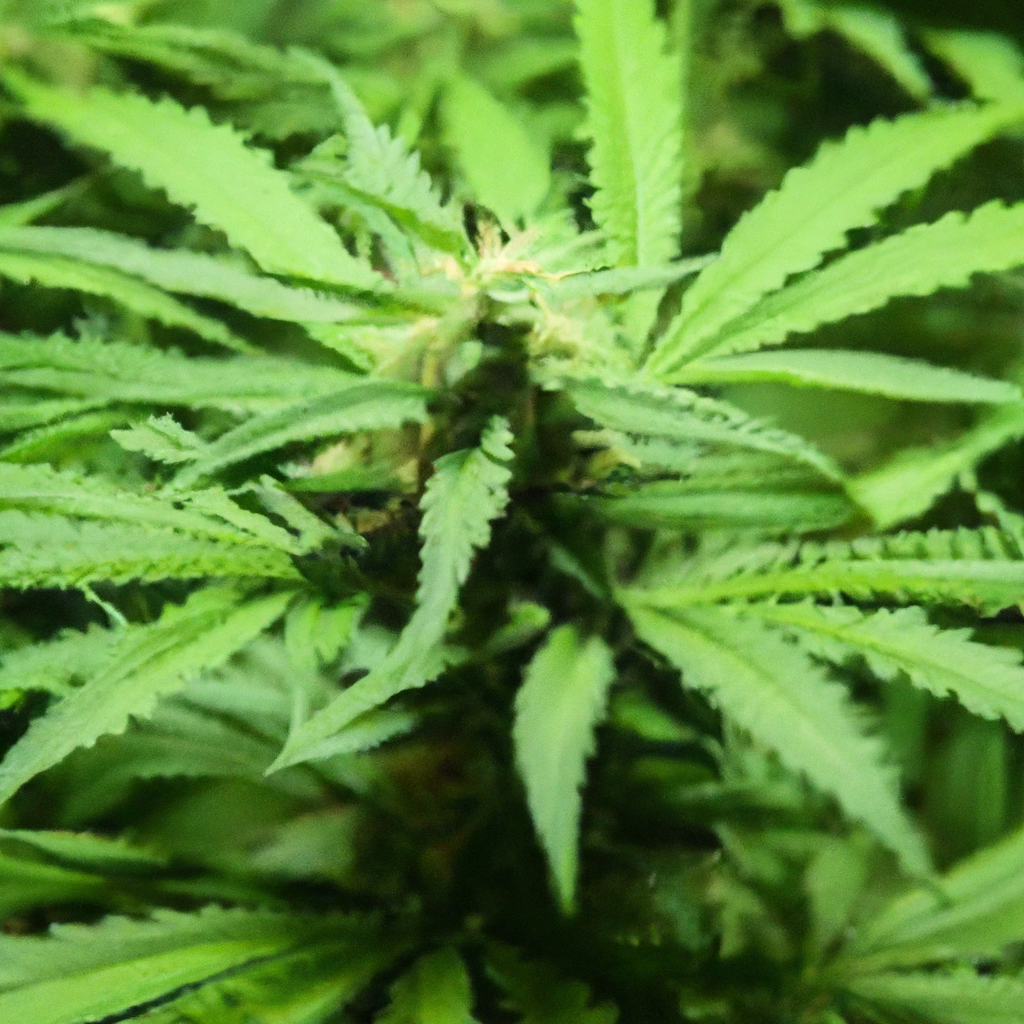
Growing cannabis successfully involves effective plant monitoring, which is vital for optimizing health, maximizing yields, and tackling growth challenges. Key activities include regular visual inspections for disease and pests, environmental monitoring with tools like hygrometers and lux meters, and leaf and soil analysis to adjust nutrient levels. Incorporating technology, such as IoT sensors, plant monitoring…
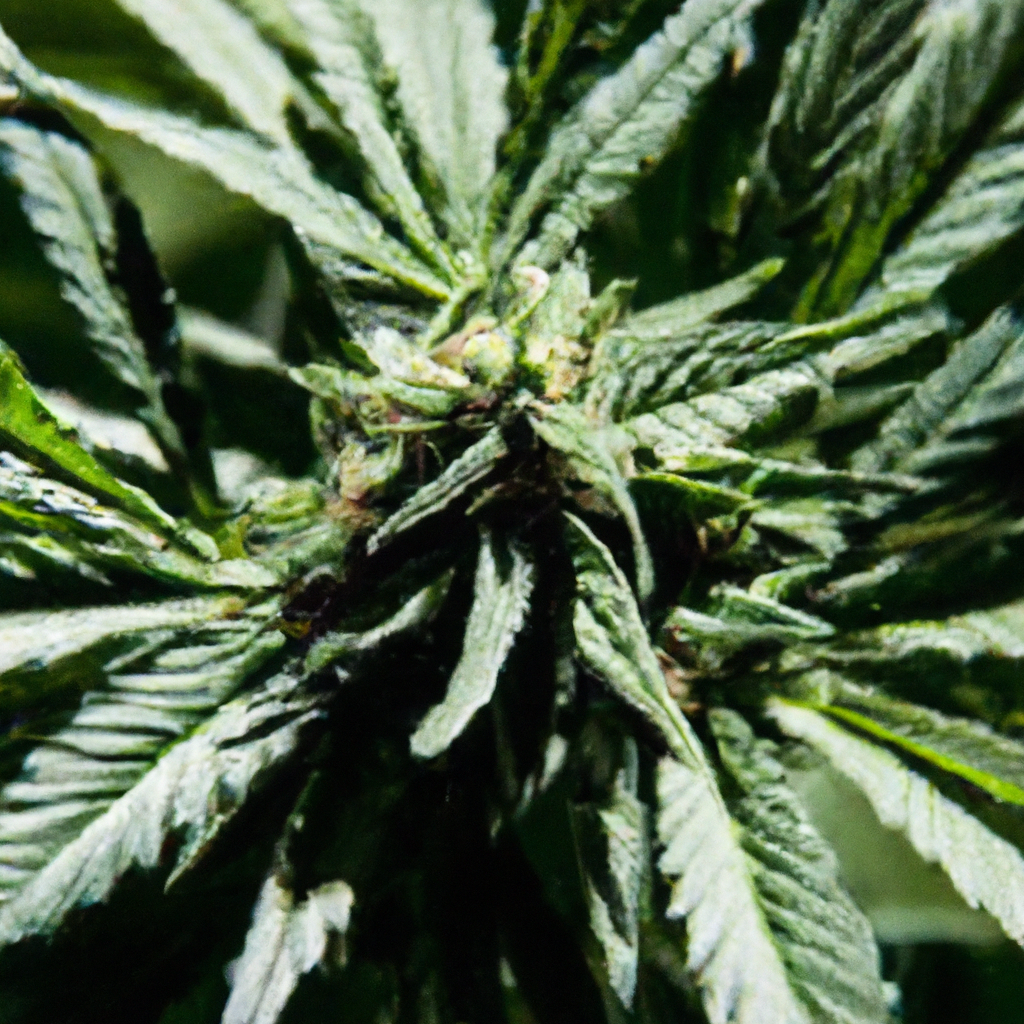
Growing cannabis successfully involves managing plant stress to boost health and yield. Stress factors—environmental, nutritional, and physical—can severely impact growth. Effective management techniques include controlling temperature and humidity, maintaining balanced nutrition with optimal pH levels, and careful handling through gentle pruning and low-stress training. By understanding and mitigating these stressors, cultivators can ensure healthier plants…
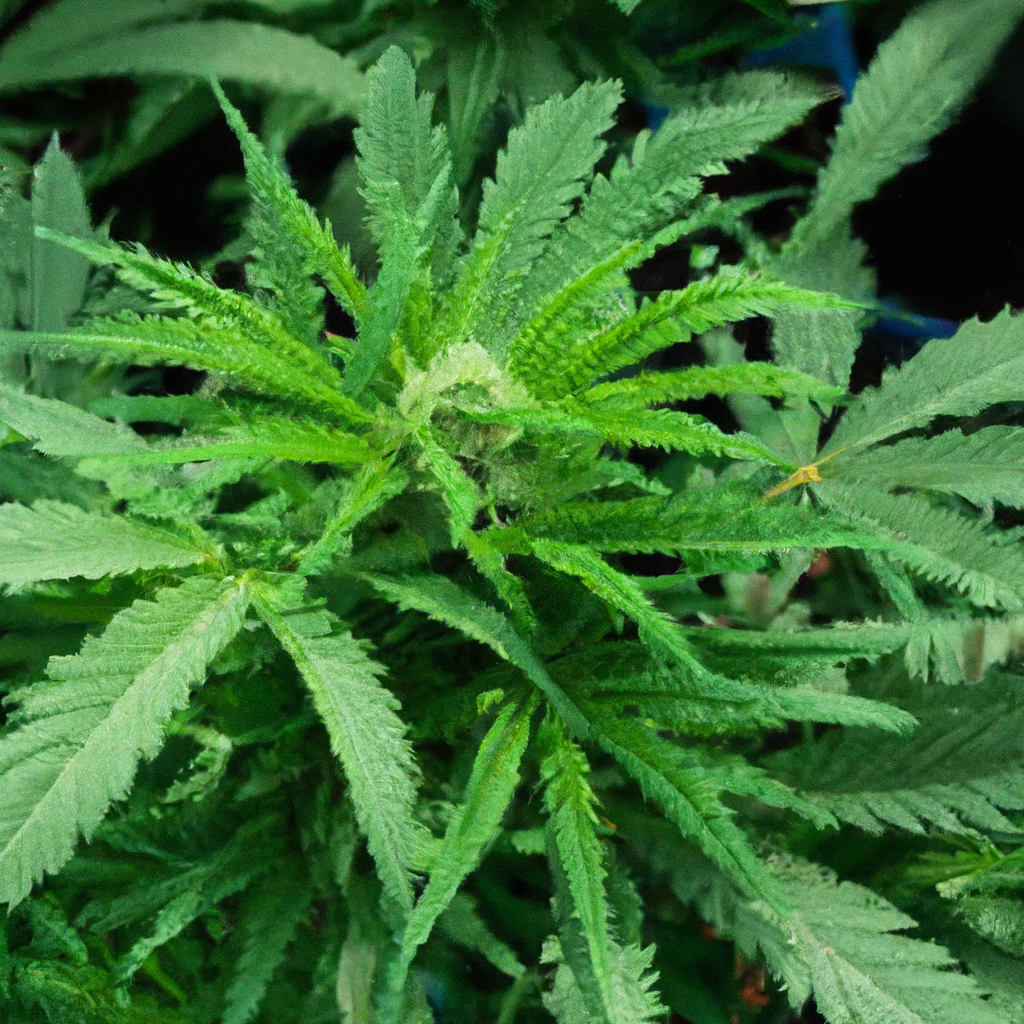
Embarking on organic cannabis cultivation enriches both plant quality and environmental health through natural methods. By fostering fertile soil ecosystems and opting for natural fertilizers like bat guano and fish emulsion, growers can enhance plant growth and reduce chemical usage. Sustainable pest control involves preventive practices and beneficial insects, ensuring a balanced ecosystem. Organic practices…
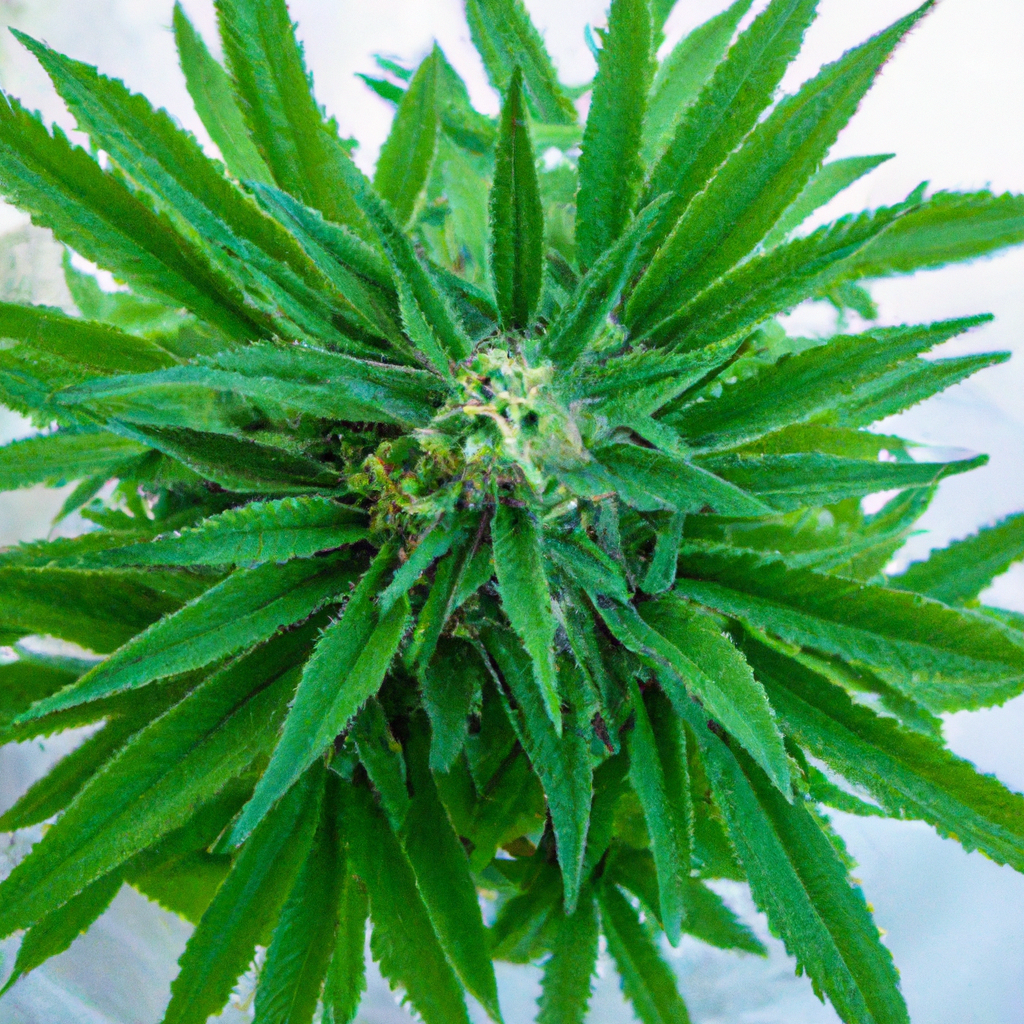
Proper hydration is essential for successful cannabis cultivation, balancing nature and nurture for optimal plant health and yield. This guide delves into the science of watering techniques tailored to different growth stages—seedling, vegetative, and flowering. It also explores various methods like drip irrigation, wicking systems, and flood and drain systems suited to soil-based, hydroponic, or…
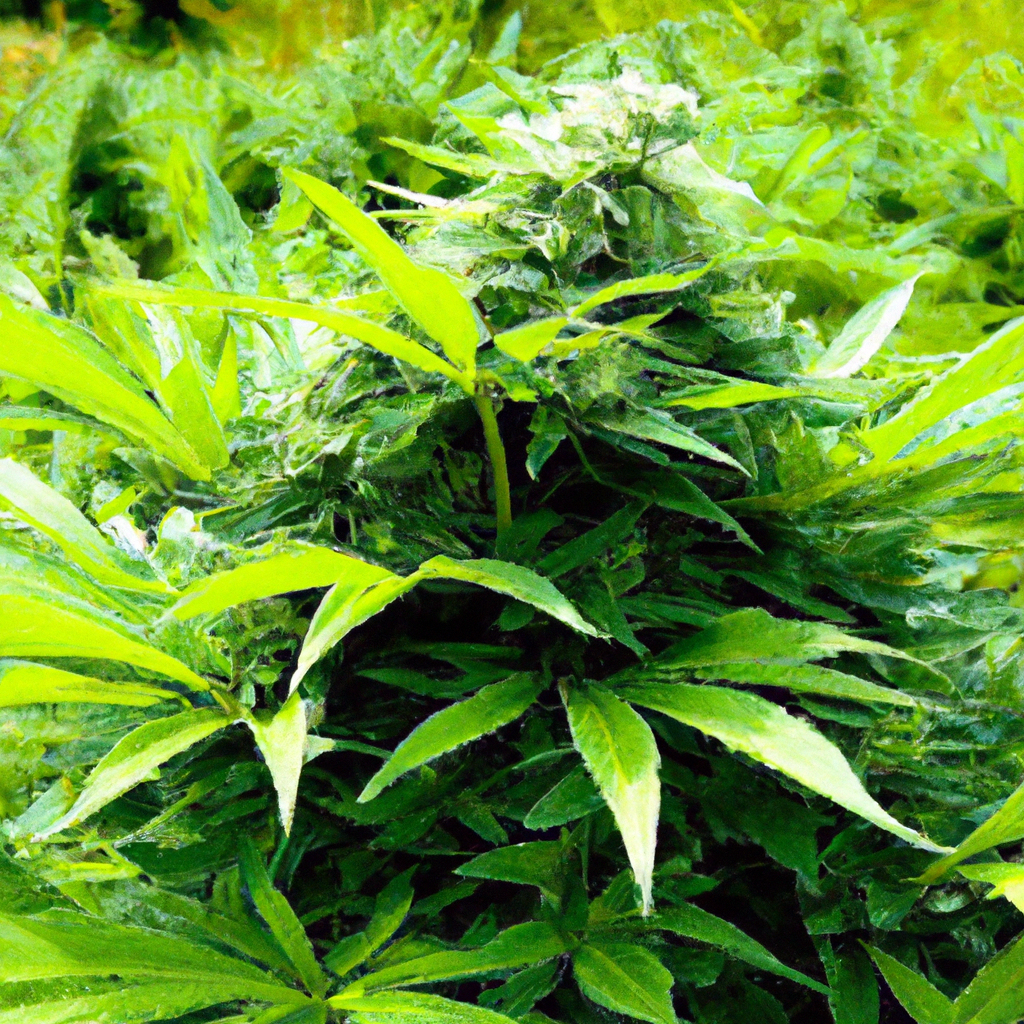
Outdoor cannabis cultivation offers a rewarding experience by utilizing natural environmental advantages, though it presents distinct challenges compared to indoor growing. Success largely depends on choosing the right location with ample sunlight, adequate wind protection, and high soil quality. Effective planting strategies, such as companion planting and proper spacing, enhance plant health and yields. Pest…
Pruning is a critical practice in cannabis cultivation, promoting healthier growth, higher yields, and improved plant quality. This guide explores key techniques such as topping, fimming, and selective defoliation. Pruning improves airflow, light penetration, and energy focus, but must be done carefully to avoid stress. Successful pruning involves removing the right amount of foliage at…
Vertical trellising revolutionizes cannabis cultivation by optimizing vertical space for larger yields, healthier plants, and efficient growth environments. This technique enhances yield by allowing more plants per square foot, improves light penetration for even growth, and boosts airflow to reduce pests and diseases. The blog provides a step-by-step guide, including space preparation, trellis selection, framework…
Effective watering is crucial for successful cannabis cultivation, with techniques varying across growth stages. Seedlings require gentle misting, vegetative plants need thorough watering, and flowering plants benefit from less frequent, deeper water penetration. Avoid common pitfalls like overwatering, incorrect pH levels, and improper water temperature. Advanced growers can improve their results with drip irrigation systems…
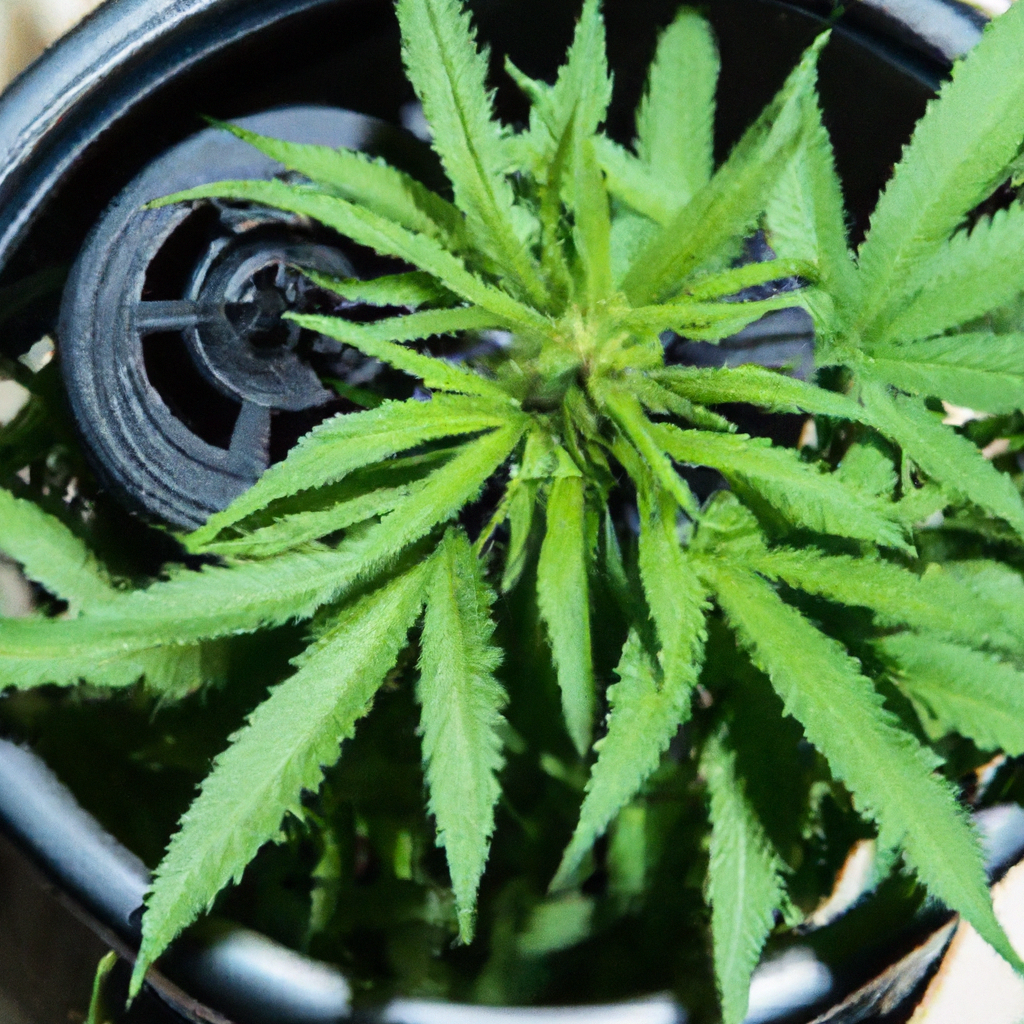
Effective air circulation is essential for optimal cannabis growth, as it promotes plant health and superior yields. Proper airflow helps prevent pests and mold, distributes carbon dioxide efficiently, and maintains ideal temperature and humidity. Key strategies include using oscillating fans, installing vents and exhausts, regulating canopy density through pruning, and maintaining cleanliness to minimize air-related…
